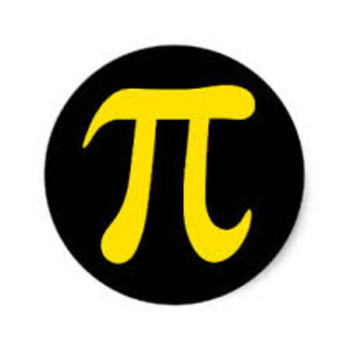How do you write #0.0001# in scientific notation?
3 Answers
Explanation:
In scientific notation, we write a number so that it has single digit to the left of decimal sign and is multiplied by an integer power of
Note that moving decimal
Hence, we should either divide the number by
In other words, it is written as
To write
Hence in scientific notation
Explanation:
'~~~~~~~~~~~~~~~~~~~~~~~~~~~~~~~~~~~~~~~~~~~~~~~~~~~~
Explanation:
Decimals are a form of writing fractions which have powers of
Using the law of indices:
A short way of changing to scientific notation is to move the decimal point until there is only one (non-zero) digit to the left of the point. The number of places moved is the index.
Point moves to the right, the index decreases.
Point moves to the left, the index increases.


